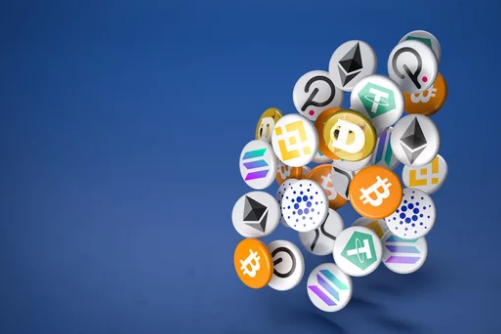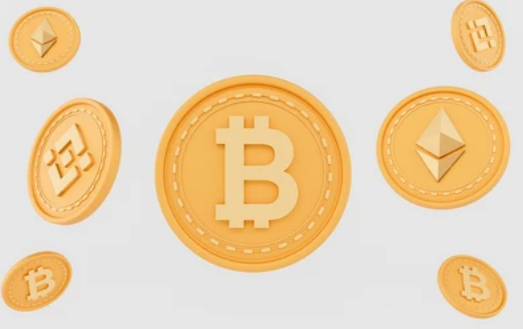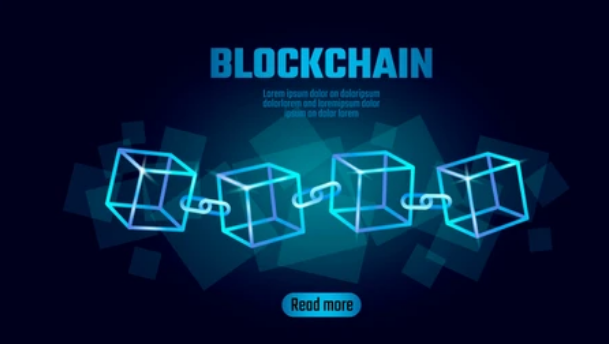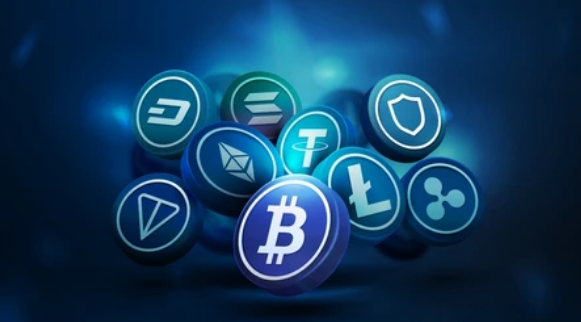Cryptocurrency mining is a term you often hear when discussing Bitcoin, Ethereum, or other digital currencies. But what exactly is mining, why is it necessary, and how does it impact cryptocurrency networks? This guide breaks it down in simple terms, so even beginners can understand.
What Is Cryptocurrency Mining?
Cryptocurrency mining is the process of validating transactions and adding them to a blockchain—a decentralized ledger that records all crypto activity. Miners use powerful computers to solve complex mathematical problems. Once solved, the transaction is confirmed, added to the blockchain, and the miner is rewarded with cryptocurrency.
In essence, miners are like digital accountants, keeping the network secure and trustworthy.
How Mining Works
Here’s a step-by-step look at how mining functions in most networks like Bitcoin:
- Transaction Broadcast: Someone sends cryptocurrency to another person.
- Transaction Verification: Miners collect unconfirmed transactions into a “block.”
- Solving the Puzzle: Miners compete to solve a complex mathematical problem that requires computational power.
- Block Addition: The first miner to solve the problem adds the block to the blockchain.
- Reward: The miner earns new cryptocurrency and transaction fees as a reward.
This process is often called Proof of Work (PoW) and is essential for maintaining trust in a decentralized system.
Why Mining Is Important
Mining plays several critical roles in cryptocurrency networks:
- Security: Mining prevents fraud and double-spending by verifying each transaction.
- Decentralization: Mining distributes network control across many participants, preventing a single authority from taking over.
- New Coin Creation: Mining introduces new coins into circulation in a predictable and transparent way.
- Network Integrity: It ensures the blockchain remains accurate, immutable, and tamper-proof.
Mining Rewards
Miners are incentivized with rewards to keep the network running smoothly. These rewards usually include:
- Block Rewards: New coins generated when a miner successfully adds a block.
- Transaction Fees: Fees included in transactions that go to miners.
For example, Bitcoin started with a reward of 50 BTC per block, which halves roughly every four years—a process called halving.
Types of Mining
- Solo Mining: Mining alone. Requires expensive hardware and a lot of electricity.
- Pool Mining: Joining a group of miners to increase chances of earning rewards. Profits are shared.
- Cloud Mining: Renting mining power from companies instead of running your own equipment.
Each method has pros and cons in terms of cost, risk, and potential earnings.
Environmental and Energy Considerations
Mining, especially Proof of Work systems like Bitcoin, consumes a large amount of energy. This has led to debates about environmental sustainability. Some networks are moving to Proof of Stake (PoS) and other energy-efficient models, reducing electricity consumption while still securing the network.
Conclusion
Mining is the backbone of many cryptocurrency networks. It secures transactions, maintains decentralization, and ensures that new coins are distributed fairly. While it can be energy-intensive and technically complex, it is a crucial component of how cryptocurrencies like Bitcoin and Ethereum function.
For anyone interested in the crypto world, understanding mining is essential to grasp how decentralized networks operate and why they are trustworthy.





